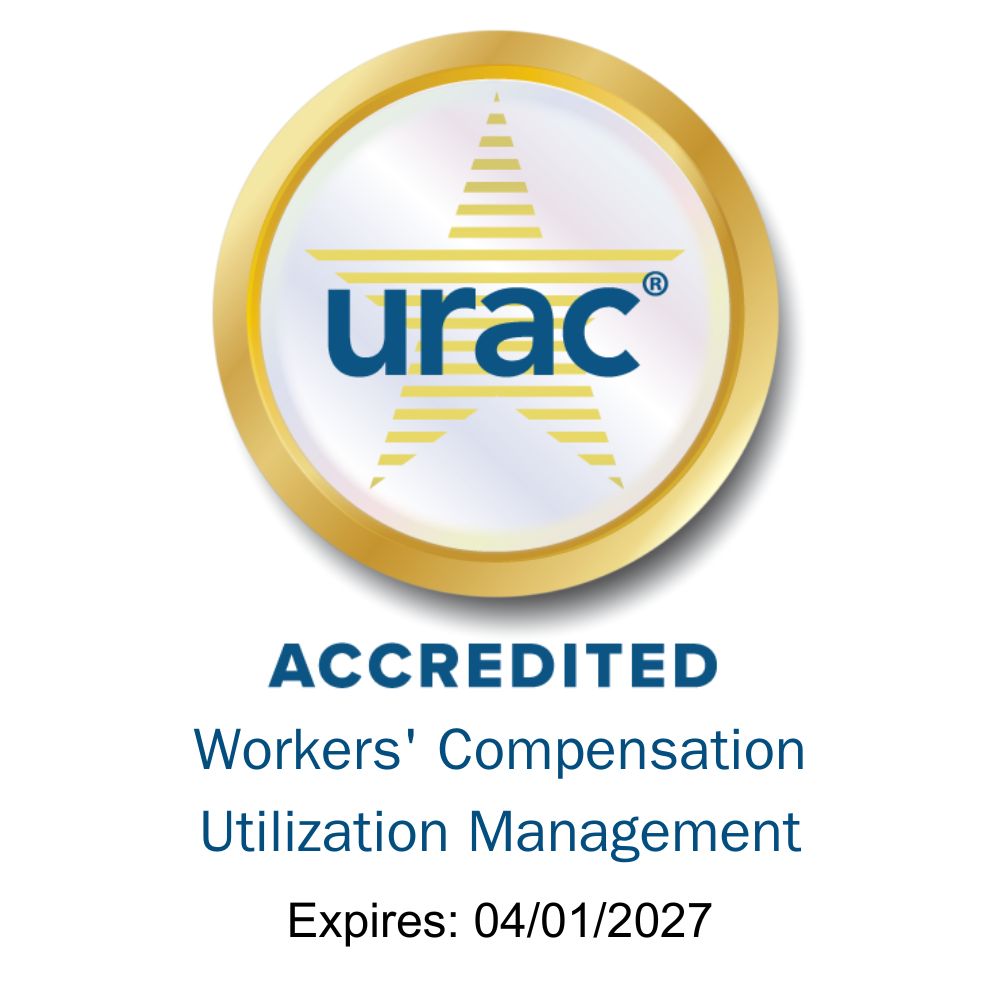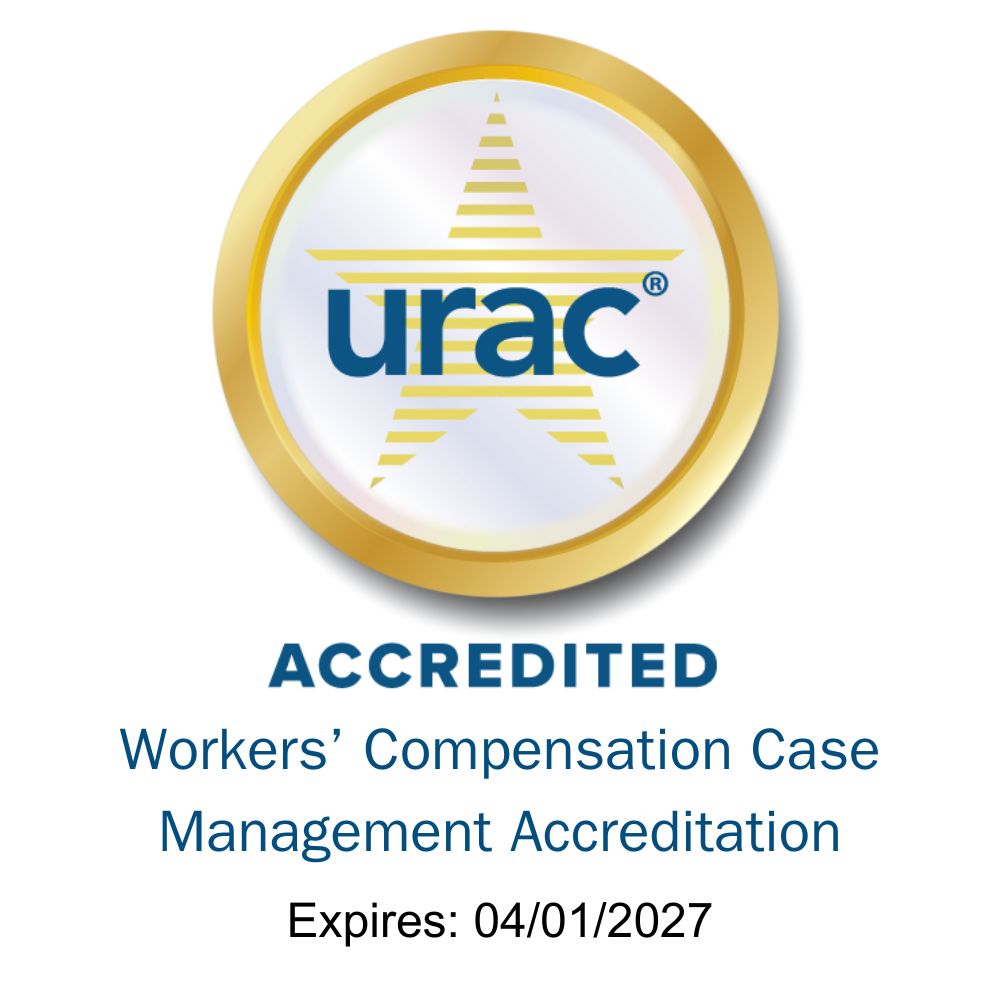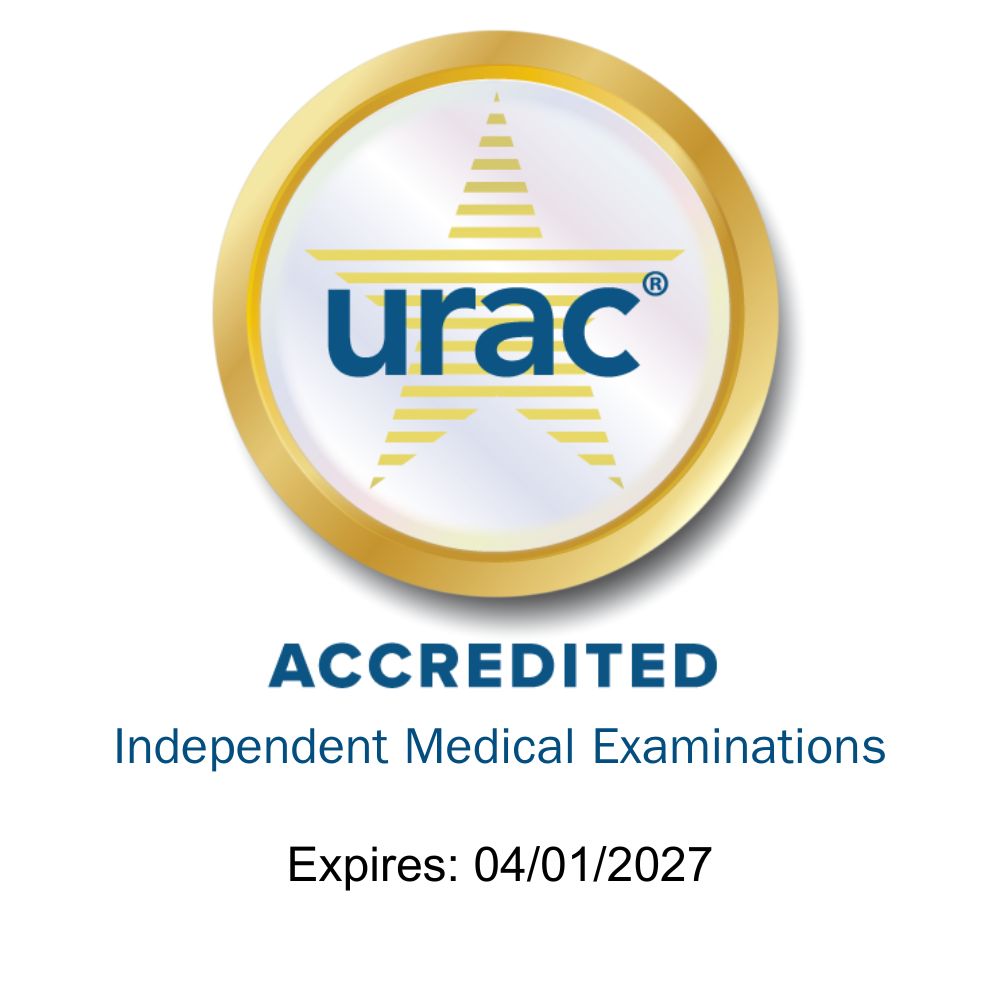Everyone’s looking for new ways to improve their work comp programs, but when it comes time to implement real changes, it’s not so easy. In today’s Inside Workers’ Comp, Ron Skrocki explains why change is a challenge.
Tom Kerr (TK): I’m Tom Kerr. Everyone’s looking for new ways to improve their work comp programs, but when it comes time to implement real changes, it’s not so easy. In today’s Inside Workers’ Comp, we ask Ron Skrocki why change is a challenge. Ron, thanks for joining us.
Ron Skrocki (RS): It's great to be here with you, Tom.
TK: Ron, what are some of the issues that make change difficult in workers’ comp?
RS: It's just structural in the way the system's designed. All the regulatory fiefdoms, make it difficult to make real change across a large swath of the risk or of the claims or of the injured workers.
I think the incentives are somewhat of an obstacle. What are the incentives of each of constituents? What is the incentive of a claim shop of an insurance company versus a TPA versus an employer? And, their incentives may align differently, relative to how much they want to change, how aggressive they want to be, how much risk they want to take, how they make their money.
I would tell you just flatly that we see that there's suboptimization by some of the people we work with. There is suboptimizing around metrics that don't really align with the process, with the ultimate outcome or goals. I have to do it cheaper and better. Well, if cheaper only means how much does it cost to do it, then I think that's hard to do, particularly if you won't allow me to sort of connect with or integrate or enhance your technology. Us old guys would say, "You're working in a phone booth," right? You need bigger playing fields and decision makers with loftier goals that align with the outcomes
TK: What drives change in the industry?
RS: The programs that change the most in our book are the ones who we're closest to the end customer, the end benefit recipient of our services — the employer and their employees. And the feedback, both from them, and from what their programs produce in terms of data results and trends. That’s where real change for us happens. And sometimes we have to make process changes, or staffing changes, or program design changes, treating provider changes as a result of that, that are difficult and that would not be made otherwise, unless there was some compelling end goal reason to make them. Because those changes in process and the way people do things are hard to change when you don't have sort of a compelling end in mind
TK: OK. So, is it likely that a company could significantly overhaul its entire process?
RS: We don't see much revolutionary change. We are part of a lot of evolutionary change, a lot of incremental improvements that were initiated because of some compelling outcome reason that are risky, but not too risky. The business that we're in is a business that is fairly risk-averse and static in terms of the way it's been conducted for a number of years.
Incremental changes is probably the better formula or at least the formula that this business and our clients are typically more comfortable with.
TK: Thanks, Ron. In out next inside workers comp, we’ll discuss strategies to best implement change into your programs. Until then, thanks for listening.
Part 2
In Part Two of our discussion on making change happen in workers’ comp, Ron Skrocki offers the tools you need to convince customers when it’s time to move in a different direction.
Tom Kerr (TK): I'm Tom Kerr. In part two of our discussion on change in workers’ comp, Ron Skrocki offers some strategies to help spur the process.
Ron, how do you convince more conservative companies to implement necessary changes?
Ron Skrocki (RS): With new business, new clients, new relationships, you're always wanting to share that you believe there are alternatives to the way they do it now; but the reality is also expressing if you have the ability to deliver it the way they want.
I think that's the dilemma of our business and maybe the burden's really on us, not them — prove to them that there's a better way. I think the best way to do it is just be transparent with clients. Here’s the ways we can do it, we have done it, and these are recommendations for the best, based on the data and our track record. And ultimately, though, they get to choose how innovative they want to be, how much risk they want to take, how much they want to spend on this stuff.
And we have to be somewhat flexible to that; to their selection and to their choices and to their situations.
TK: What role does data analytics play in helping to influence change?
RS: I always felt like in doing whatever that small piece of the bigger process was, that if I understood the whole process better, that I might be able to better design and deliver on the task that I was doing.
Think of the way we use Google Maps and things. I do that a lot; I'm trying to figure out where I am relative to some other place. Or maybe a big picture, where the geography people will mention a city to me and I’m thinking, “Well, I don't even know where that is.” And I want to know where it's at and where it's close to.
So, there will be this progression of, “OK, now I see the big picture, but I want to know more about that.” So, you'll see this in all the analytic tools. How you can zoom down in and sort of exploit specific sets of data or it leads you to questions. I think it allows people to be informed and then increasingly curious about how they could do better. And that's a good thing.
TK: What data points do companies look for when deciding to change?
RS: We increasingly are turning that data on ourselves as we try to make sure that we, in conjunction with our clients, are self‑examining how nurses are used, which nurses are used, when they're used, and their level of impact and effectiveness. And we also do this extensive scorecarding of medical providers.
And this isn't a draconian judgmental process. It is a way to coach, a way to improve, and a way to provide visibility into the performance of our case managers. Not only for the work we do, but for the work that others do in the context of a broader program.
And also our perspective on adjusters is a limited one on claims, professionals, and the people that are customers and our partners in this. We increasingly can tell them and share with them and their organization their patterns of referrals, of usage or not usage, of the severity of their cases, so that we can benchmark them with similar case mixes.
So, driving that analytic capability into actionable opportunities to rate, coach, stratify claims and case management professionals I think has been a real plus for us and our clients over the last 12 months. And that's increasingly a way that we can make this real and make it actionable and make it part of our way to improve the process and the results and the outcomes for injured workers.
TK: Thanks Ron.







